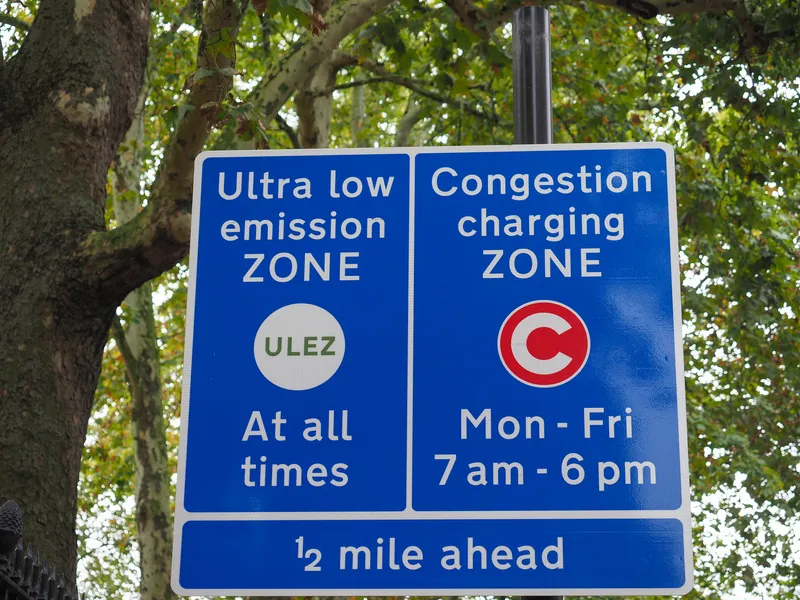
Situated in San Diego County, California, the growing city of
The corridor, though less than 6km long, accommodates as many as 46,000 motorists per day and is home to two schools and a multitude of businesses. The fourlane corridor has 17 major and minor intersections, including a couple of signals at freeway ramps.
The largest challenge for this corridor is three peak travel periods during the day; morning, midday and evening.
To help combat the growing traffic congestion, city traffic engineers were tasked with finding a way to improve traffic flow. The ideal solution would use ITS technologies, rather than expanding the existing four-lane roadway to the six lanes necessary to accommodate such large daily traffic volumes. From this, the 'Smart Corridor' project was born.
Project:
Reduce traffic congestion on busy arterial
Project Costs: US$671,000
Benefits:
• First-year savings: $645,000
• Lifetime savings: $5.1 million
• Delay time reduction: Up to 46 per cent
• Cost benefit ratio: 8:1
Vast improvement
"The idea behind the Smart Corridor project was to find a technology that would truly optimise the boulevard," says Omar Dayani, principal civil engineer for the City of San Marcos. "We needed to enhance traffic flow with a solution that would provide the maximum benefit to the public at a minimal cost to the city. A report by theAfter much research and consideration, my team and I chose to employ an adaptive control system, QuicTrac by
Deployment
The San Marcos Boulevard project was primarily funded by the Traffic Light Synchronization Program (TLSP) with a 15 per cent local match. The deployment went through two stages of optimisation.First, the city used historical traffic flow data to better coordinate signal timing along the corridor. After the initial stage was successfully installed and working, the city's consulting firm laid the groundwork for phase two: adaptive control software. The adaptive software took the coordinated signal timing a step further by capturing and using realtime traffic conditions to optimise timing along the corridor. The system went through several rounds of testing and tweaks before it was fully operational.
"Every highly travelled arterial has its challenges different from the next, so it is imperative to choose a software partner that will work with your city's specific conditions," says Jason Stack, principal for Stack Traffic Consulting.
System results
Following the implementation of adaptive software, the city conducted a data analysis to determine the success of the project. Results showed significant improvements in delay times and corridor speed. The findings indicated that commuters driving the corridor experienced results as high as a 46 per cent and 39.1 per cent reduction in delay time and stops, respectively. Averaged over the three peak periods, and considering travel in both directions, the system yielded 19.5 per cent fewer stops, a 5.8 per cent speed increase, and a 7.1 per cent reduction in fuel consumption."Results for the adaptive software system met our expectations," states Omar. "The study indicated a 46 per cent reduction in delay time in the eastbound direction (the peak direction) during the evening peak period. That means less stop-and-go traffic yielding reduced travel times, emissions and probability of accidents. However, there was no significant improvement in westbound direction during this period." The City of San Marcos undertook a financial analysis which concluded total savings of $645,000 in the first year and $5.1 million over the lifetime of the project, with a benefit:cost ratio of 8:1. The calculations included cost benefits of travel time savings, fuel consumption savings, and reduced emissions of reactive organic gases, nitrogen oxides, particulate matter (PM10s), and carbon dioxide. An additional cost, not calculated in this report, is the health impact that congestion plays on city residents, recently quantified in The Public Health Costs of Traffic Congestion Study by Harvard University. The study shows that traffic congestion-related gas emissions caused approximately 3,000 premature deaths in 2005 with a total social cost of $24 billion in healthcare-related expenses. The bottom line is that by employing adaptive signal control software, the city of San Marcos effectively reduced traffic congestion, saving the community time, money, and healthcare-related expenses.










